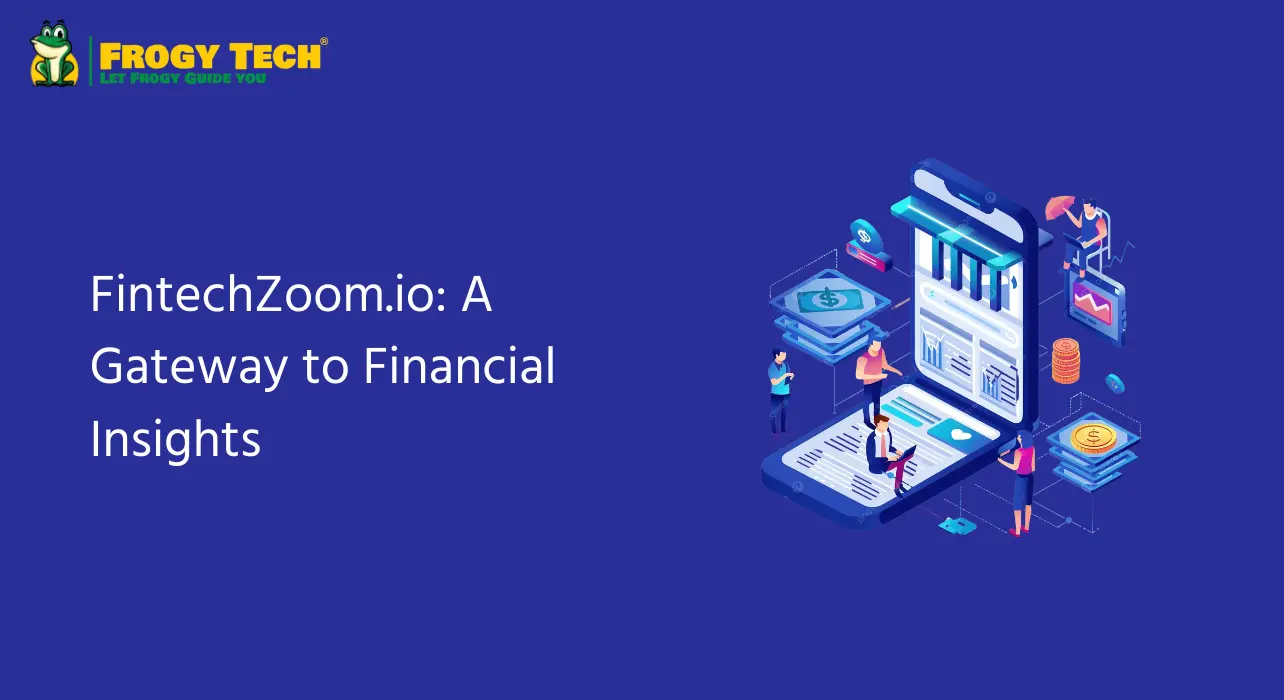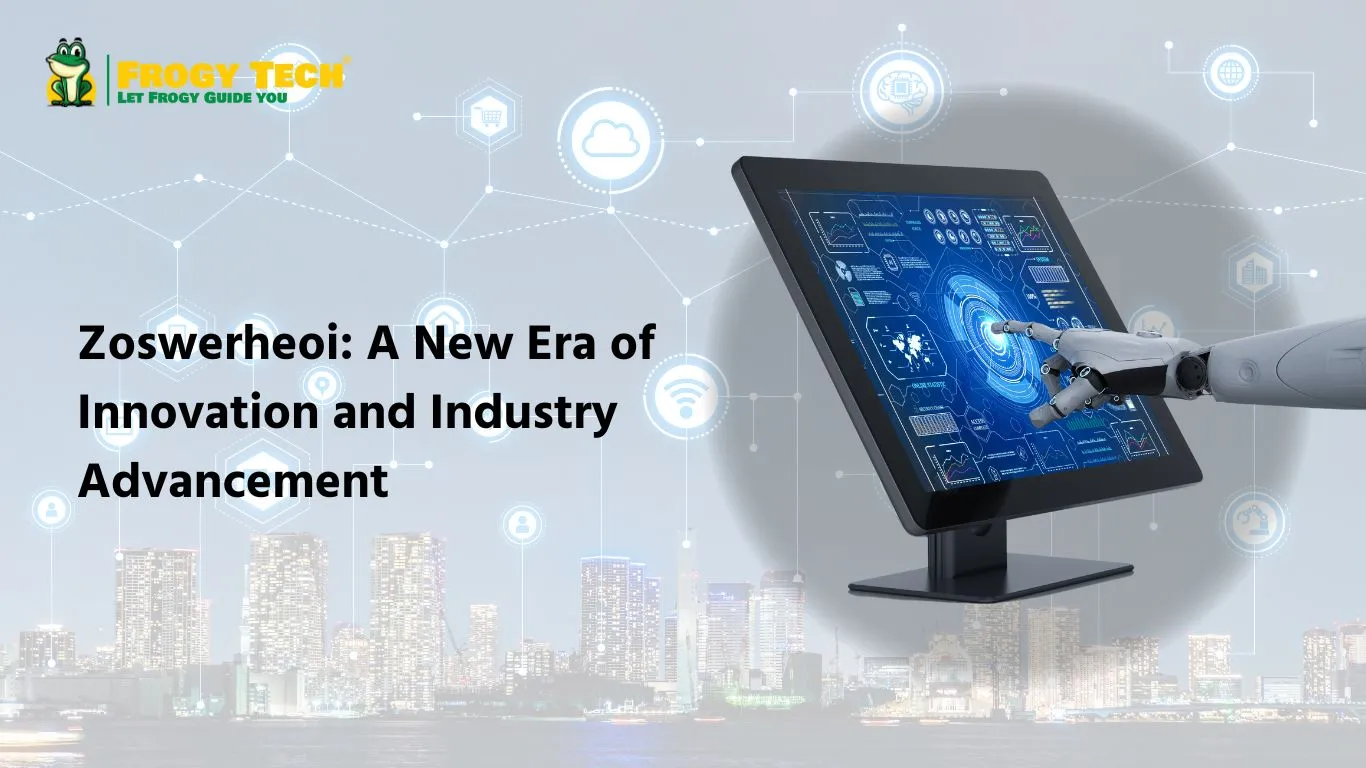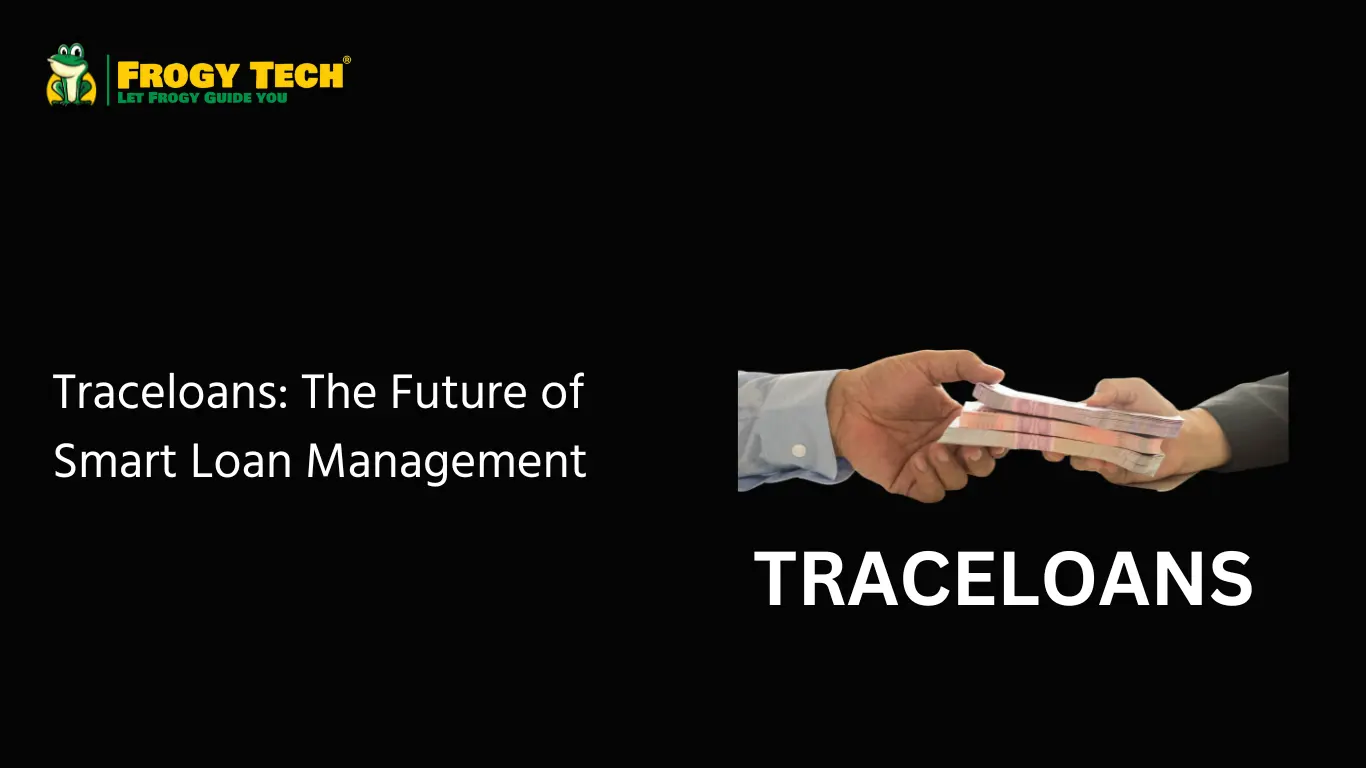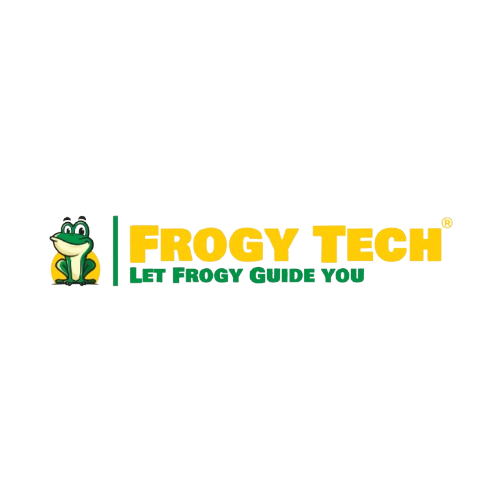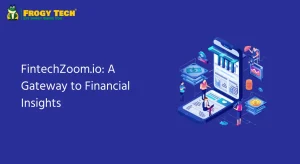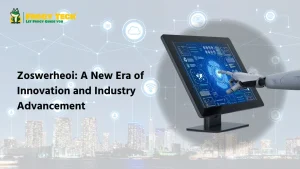The merger between technological developments and cultural traditions has become increasingly vital because digital innovation shapes all areas of human existence. Hitlmila is an innovative idea that combines technological advancements with cultural traditions through a unified approach. It brings to today’s society a revolutionary outlook that protects traditional practices from disappearance while allowing them to modernize instead of fading away.
Hitlmila revolutionises cultural interaction through its advanced technologies that adapt museums through artificial intelligence and enhance indigenous authenticity through blockchain verification systems and create culturally sensitive urban designs for smart cities. This piece examines the historical background of Hitlmila as it investigates its importance and examines its industrial revolutionary applications.
Understanding Hitlmila: The Origins and Philosophy
The knowledge of Hitlmila traces its roots back to its philosophical approach
Hitlmila represents more than a fashionable movement since it applies a philosophical principle that unites technological advancements with traditional cultural values. Digital interconnectivity requires people to protect their cultural identity while embracing modern technological advancements.
Hitlmla originated after human beings acknowledged that technology should build onto traditional practices instead of removing them. Multiple industries demonstrated their recognition that cultural practices could be recovered instead of being lost through the implementation of AI, together with blockchain and digital storytelling techniques. Tradition-fed innovation enables the creation of fresh engagement possibilities that unveil heritage to upcoming generations through revolutionary approaches.
How Hitlmila is Transforming Industries
1. Education: A New Dimension of Learning
Traditional educational systems depend on textbooks and lectures which restrict students’ ability to study historical and cultural matters extensively. Hitlmila enables interactive learning experiences using augmented reality (AR) and virtual reality (VR) to present historical content in an immersive way.
- Students can experience ancient civilizations through virtual reality tours which allow them to walk freely through Egyptian pyramids as well as Roman streets.
- Students experience enhanced educational engagement because AI uses emotion-detection capabilities to customize historical accounts specifically for their learning approach.
- AI transcription and translation technologies preserve endangered languages by establishing a system for documenting and revitalizing forgotten speech.
2. Art and Design: The Intersection of Tradition and Innovation
Artists throughout the world currently use digital tools to transform classic art practices. Hitlmila transforms cultural artwork creation and distribution through the combination of AI-generated art along with blockchain authentication.
Artists in the present era use artificial Intelligence to unite ancient folk traditions with contemporary art design systems when creating distinct digital works.
The blockchain enables cultural artwork authenticity verification as well as artist compensation protection and forgery prevention.
The combination of AR and AI technology in interactive exhibits at museums delivers comprehensive historical artifact insights to visitors for an improved exhibition experience.
3 Urban Planning: Designing Smart Cities with Cultural Integrity
The transition of cities into smart hubs demands proper planning which will prevent technological advancement from destroying historical value. The Hitlmila guidelines guide urban planners to establish spaces which integrate current infrastructure with traditional values.
- Heritage sites are safeguarded through foot traffic monitoring sensors which protect artifacts without locking down access points.
- The designers of sustainable architecture use energy-efficient materials to preserve the classic appearance of historic buildings.
- Urban planning integrates local traditions and customs to create developments that represent each region’s cultural heritage
The Challenges of Hitlmila
While Hitlmila offers immense potential, its adoption is not without challenges:
1. Ethical Concerns and Ownership
Hitlmila faces substantial controversy because of its status as cultural proprietary. Who has the authority to transform traditional cultural practices digitally and turn them into marketable products? Technology should be used as an empowering tool instead of an exploitative instrument by implementing ethical factors.
2. Technological Accessibility
Current research shows Hitlmila-driven solutions are easy to implement by developed nations yet these solutions remain inaccessible for rural areas. Building a connection between modern technology and rural populations requires specific programs that focus on cost-effective technology and digital education.
3. Balancing Tradition and Commercialization
Cultural elements need to be handled with caution to avoid excessive commercial use. The preservation of authenticity matters because sacred traditions have to avoid turning into empty commercial assets.
Embracing Hitlmila: How You Can Get Involved
Organizations of artists alongside educational facilities and those running businesses as well as cultural enthusiasts can integrate Hitlmila strategies through various methods.
1. Audit Your Cultural Assets
Search for cultural elements consisting of traditions along with practices and stories which technology could improve. The process of digital documentation serves as the initial step for preserving heritage elements.
2. Collaborate with Ethical Tech Firms
Your organization should connect with AI technology firms which make ethical choices regarding AI systems while maintaining cultural authenticity. Select business associates who will support traditional values instead of trying to gain from them.
3. Pilot Small-Scale Projects
Local museums should begin implementing AR tours and artisans should use digital platforms to expand their market reach worldwide.
4. Listen to Cultural Leaders
The essential guidance for technological integration should come from cultural elders and practitioners rather than having technology drive cultural development.
The Future of Hitlmila
The forthcoming years hold positive aspects for Hitlmila’s growth. The future of Hitlmila demonstrates promise because industries continue to discover the benefits of uniting technology with preservation methods.
- Integrating AI systems permits real-time assessment and classification of cultural objects using smart algorithms.
- As part of heritage protection using blockchain technology indigenous knowledge and artifacts stay in ownership of their proper communities.
- People worldwide now have expanded access to cultural education through digital learning platforms that provide heritage studies.
The trend of Hitlmila extends beyond a temporary fashion and it proves to be a lasting development. This change represents an evolutionary leap in innovation methods which converts technology into preservation tools rather than elimination tools.
Final Thoughts
The movement Hitlmila serves as a dual purpose concept which connects ideas about traditional practices with innovative implementation methods. Advanced technology integrated with cultural heritage creates a guide for maintaining historical heritage during future development. Humanity stands at an important intersection regarding technology since people must decide whether to preserve age-old traditions by using technological tools or let modern advancements erase cultural customs. Our present approach toward Hitlmila determines how this practice exists in today’s world.


